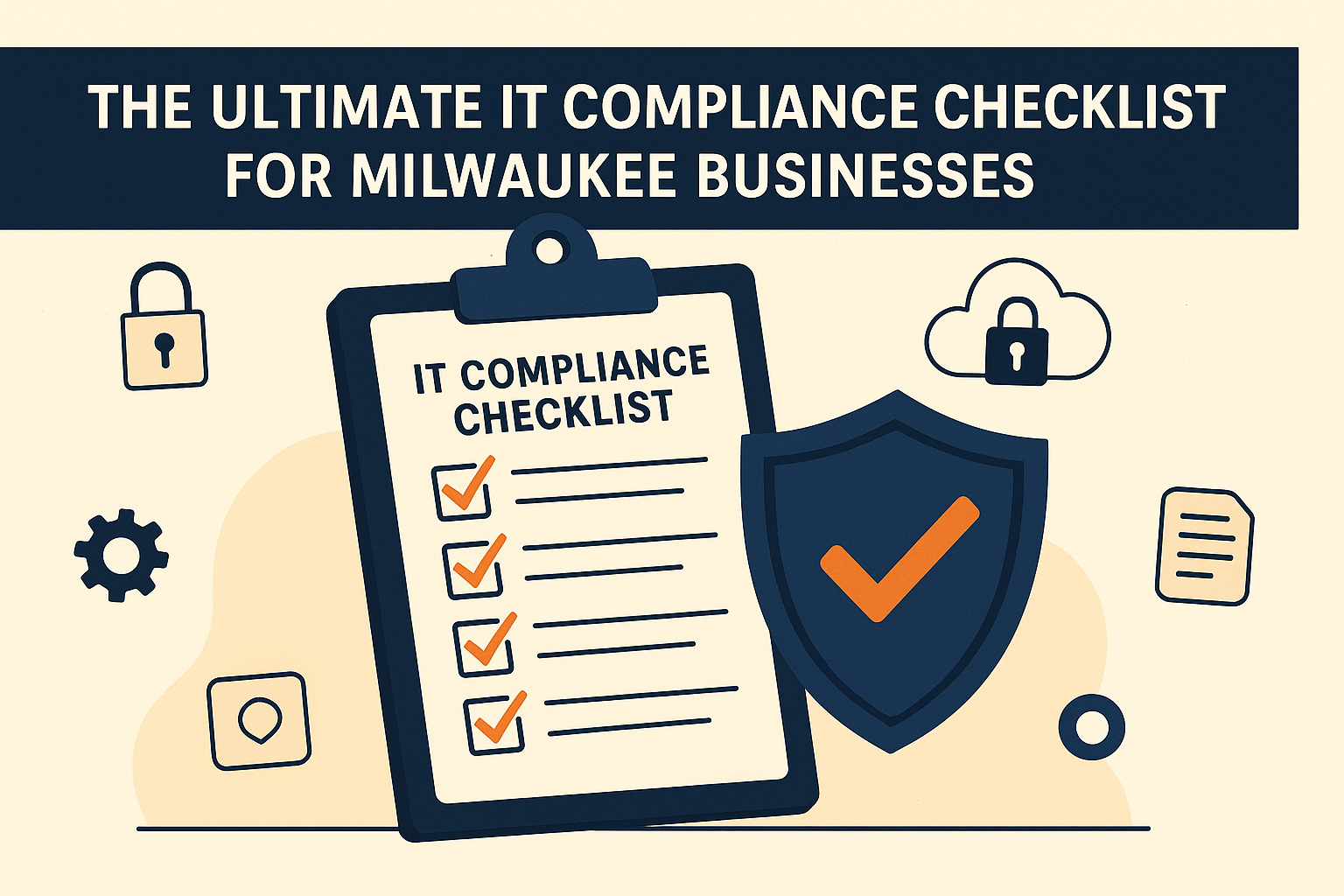When MIT released its Project NANDA report this summer, headlines fixated on a startling figure: 95% of enterprise AI projects fail to deliver meaningful results. For Wall Street, it was a warning flare about overhyped technology. For business leaders in Milwaukee and beyond, it raises a sharper question: if companies are spending millions on AI but getting nothing back, who actually is making AI work?
The answer might not be who you think.
AI in the Shadows
The MIT researchers discovered a parallel economy thriving just below the radar of CIOs and CFOs: the Shadow AI economy. While multimillion-dollar deployments stall in pilot purgatory, employees across industries are quietly turning to consumer-grade tools like ChatGPT, Claude, and Midjourney to speed up their work.
They’re writing proposals faster, automating spreadsheets, drafting reports, and even brainstorming new product ideas, often without approval, and sometimes against policy. According to the study, more than 90% of employees already use AI in some form. Most never reported it to IT.
The irony? Workers are realizing measurable productivity gains while corporate projects crumble under the weight of bureaucracy and over-engineering.
Why Big Projects Fail—And Small Ones Win
Official AI rollouts often collapse under familiar pressures: governance slowdowns, tool sprawl, integration nightmares. By the time a solution gets to the frontline worker, it’s clunky, fragmented, and outdated.
Employees, on the other hand, gravitate toward what works. Consumer tools are fast, flexible, and relentlessly improved. For the people doing the work, the choice is obvious.
This tension is driving the quiet divide: companies that ban AI risk losing ground to competitors who learn to govern it instead.
The Hidden Business Case
Buried in the MIT report was another overlooked insight: the biggest payoffs aren’t in flashy front-end pilots but in back-office operations. Document processing, compliance reporting, customer service workflows, and other areas that were once considered too mundane to innovate are now prime targets for AI automation.
Organizations embracing AI in these areas are already seeing annual savings in the millions, without cutting staff. For small and mid-sized businesses, that translates into efficiency gains that can reshape margins and free up teams to focus on growth.
So What Should Leaders Do?
The message is clear: pretending Shadow AI doesn’t exist is a losing strategy. Employees are already bringing these tools into the workplace. The real question is whether leadership chooses to get ahead of it—or wait for compliance violations, data leaks, or client trust issues to force the conversation.
That’s where a structured Shadow AI Audit comes in. It’s a way to bring daylight to what’s already happening inside your business: mapping usage, uncovering risks, and, critically, pinpointing the hidden wins you can scale safely.
Bringing AI Into the Light
At Centurion Data Systems, we’ve seen this pattern unfold across Greater Milwaukee’s SMB landscape: manufacturers, healthcare groups, financial firms. Employees lean on AI because it helps them do their jobs better. Leadership hesitates and worries about risk. The companies that bridge that divide by governing Shadow AI without crushing it are the ones unlocking real value.
That’s why we launched our Shadow AI Audit. It’s designed to help local businesses turn Shadow AI from a liability into an advantage: safely, securely, and with measurable ROI.
Because AI isn’t failing. It’s the way enterprises are trying to use it that’s broken. The workers have already proven it works. Now it’s time to meet them halfway.



